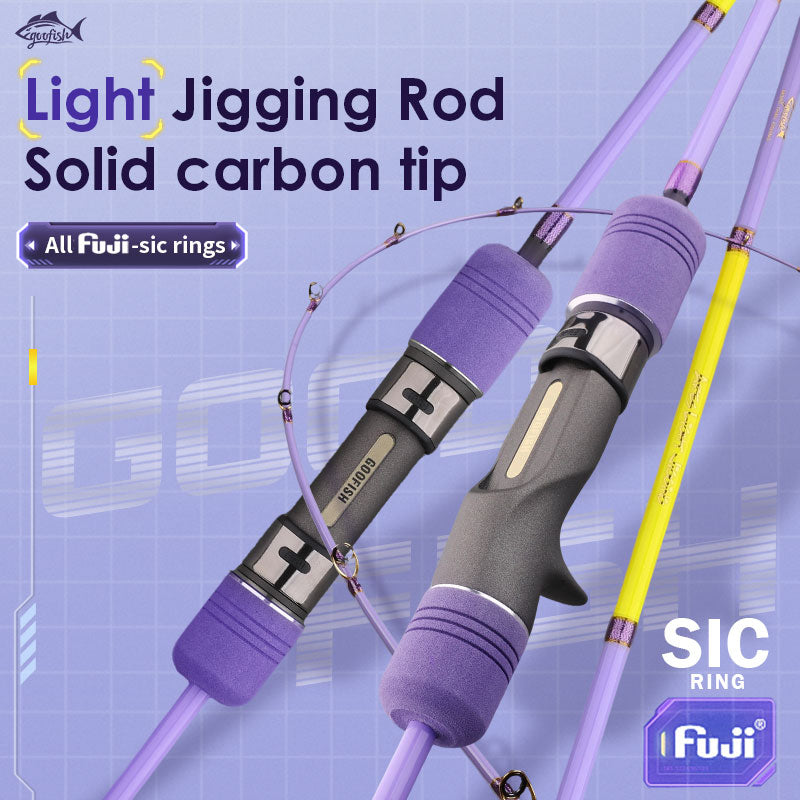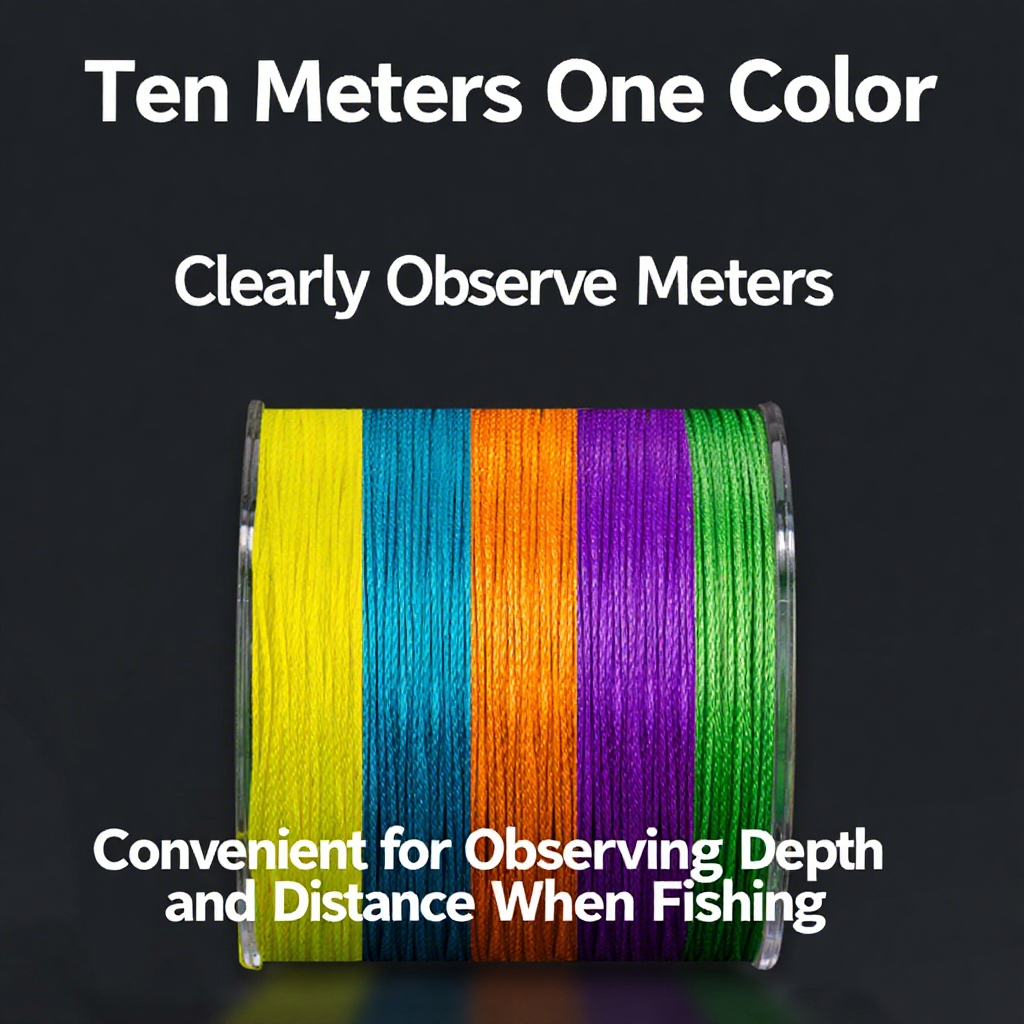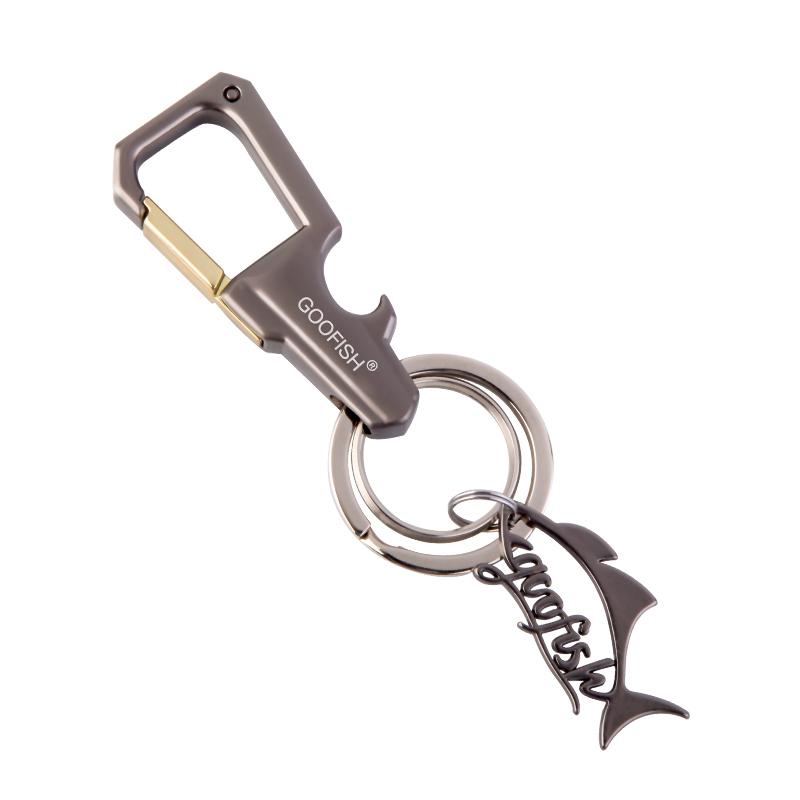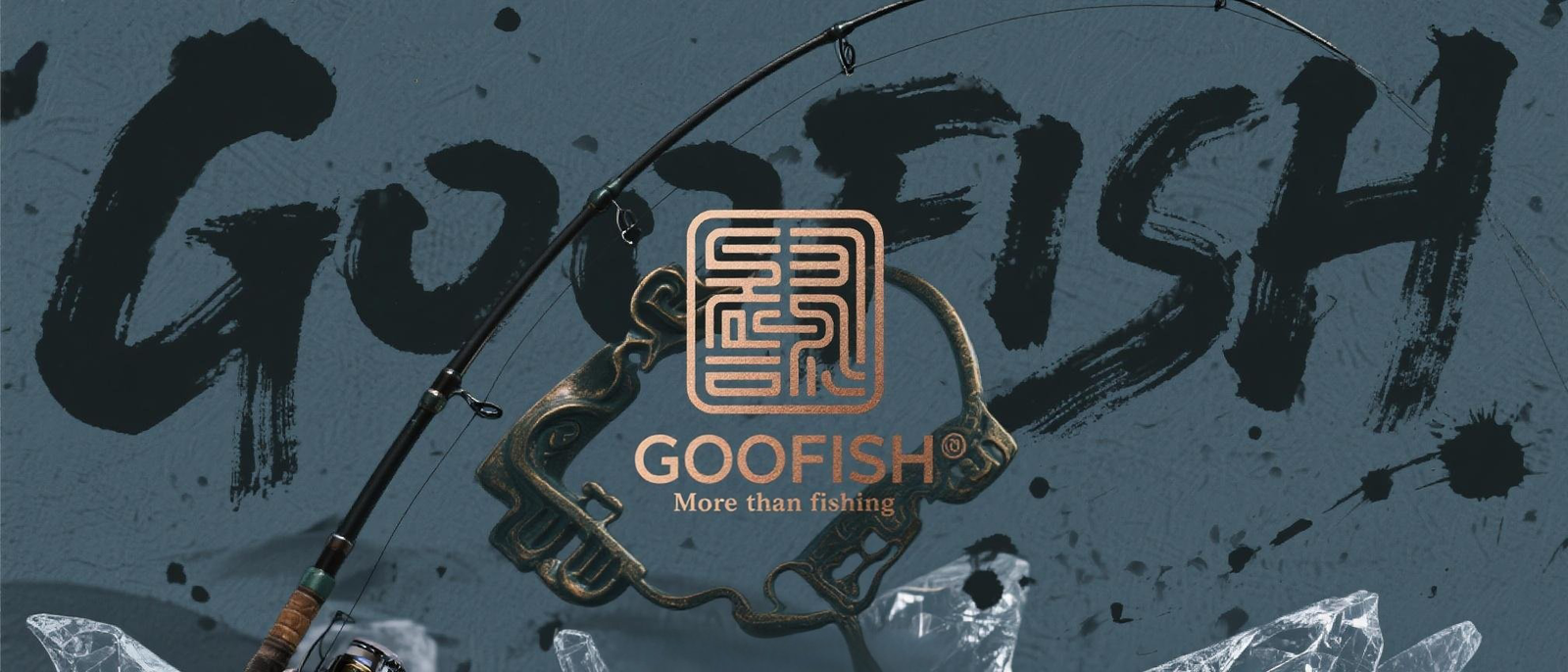10 Tips for Mastering Slow Jigging Rods
Slow jigging is a popular fishing technique that requires precision and skill. To truly master the art of slow jigging, you need to understand the nuances of using a slow jigging rod. Here are 10 tips to help you become a slow jigging expert:
1. Choose the Right Rod
When it comes to slow jigging, the right rod can make all the difference. Look for a rod that is specifically designed for slow jigging, with the right length, action, and power to handle the technique effectively.
2. Use the Correct Jigging Technique
Slow jigging requires a specific jigging technique to entice fish to strike. Practice a slow, rhythmic jigging motion to mimic injured baitfish and attract predatory fish.
3. Pay Attention to Line Tension
Maintaining the right amount of tension on your line is crucial for detecting bites and setting the hook effectively. Keep your line taut but not too tight to ensure a proper hookset.
4. Experiment with Jigging Speeds
Don't be afraid to vary your jigging speeds to see what works best. Sometimes a faster or slower jigging speed can trigger more strikes from fish in different conditions.
5. Use Quality Jigs
Invest in high-quality jigs that are designed for slow jigging. The right jig can make a significant difference in your success rate when slow jigging for fish.
6. Stay Patient
Slow jigging requires patience and finesse. Don't rush the process – take your time to work the jig effectively and wait for the fish to strike.
7. Pay Attention to Your Electronics
Use your fishfinder and other electronics to locate fish and structure underwater. Position yourself in the right spot to maximize your chances of success when slow jigging.
8. Adjust Your Leader Length
Experiment with different leader lengths to find the optimal setup for slow jigging. A longer or shorter leader can sometimes make a big difference in getting more bites.
9. Be Mindful of the Current
Take the current into account when slow jigging. Adjust your jigging technique and positioning to work with the current rather than against it for better results.
10. Practice, Practice, Practice
Like any fishing technique, mastering slow jigging takes practice. Spend time on the water honing your skills and experimenting with different techniques to become a slow jigging pro.











Leave a comment